Come discover why slow-release fertilizers are essential for maintaining lush, healthy lawns, providing steady nutrient supply, reducing runoff, and supporting robust grass growth.
Benefits Of Slow-Release Fertilizers For Lawns
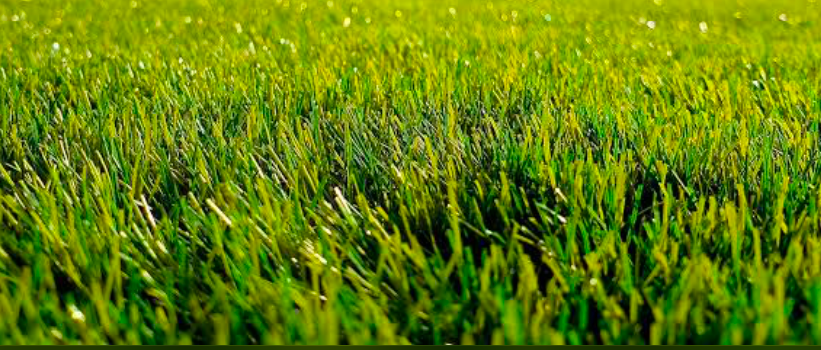
As a gardener who cares about the long-term health of your grass, sustainable lawn care should be your only priority, and that’s where slow-release lawn fertilizers come in handy.
Normally, fertilization is a big part of lush grass tips, especially for gardeners cultivating vibrant, green, and healthy lawns.
In this guide, you’ll see a scientific breakdown of slow-release fertilizer benefits and why they’re the best solutions for your lawn. Think of it as choosing the right fuel for a car, knowing that the quality affects performance and durability.
Why Choose Slow-Release Fertilizers for Your Lawn?
Before diving into the advantages of slow-release fertilizer, let’s start by briefly explaining it.
Slow-release fertilizers are lawn feeding products that gradually release nutrients into the soil over an extended period.
Because of its composition and feeding methods, this fertilizer type is one of the primary lawn care essentials. When you use it, you’d get
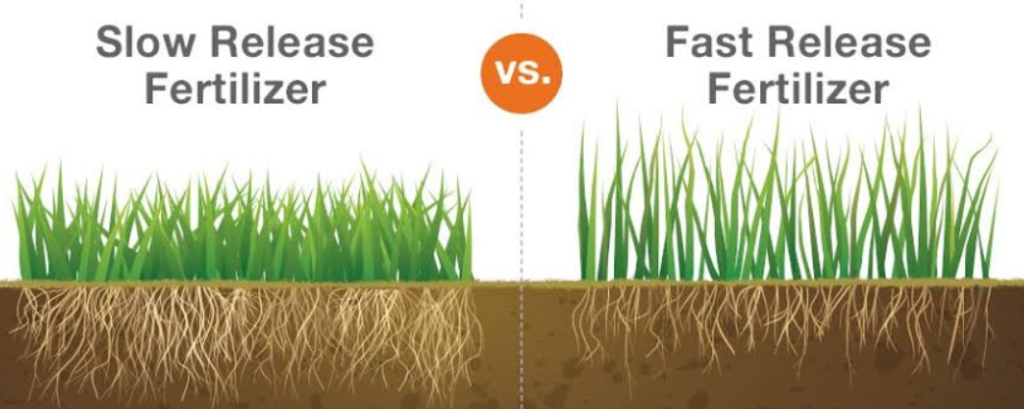
- Sustainable grass nutrition
- Efficient nutrient usage
- Long-term grass health
- Improved lawn appearance
- Healthier lawns
When used rightly, your slow-release fertilizer would give your lawn longer-lasting health, and you won’t need to feed it often.
How Slow-Release Fertilizers Work: The Science Explained
A closer look at how slow-release fertilizers work would help you understand why they’re the better choice. So here’s a crash course in lawn fertilizer science.
This fertilizer type works through a controlled nutrient release that mimics the natural ecosystem process, unlike quick-release products that lead to spiked nutrients.
Over time, companies developed controlled and coated feeding chemicals in some synthetic fertilizers because of the benefits of a slow release.
These controlled nutrients dissolve over a long time, thus feeding the soil with steady and measured nutrients.
Whether nurturing a residential lawn or maintaining a commercial landscape, a slow-release fertilizer ensures your grass doesn’t experience a growth surge or slags, which are both harmful.
Consistent Nutrition: Promoting Stronger, Healthier Grass
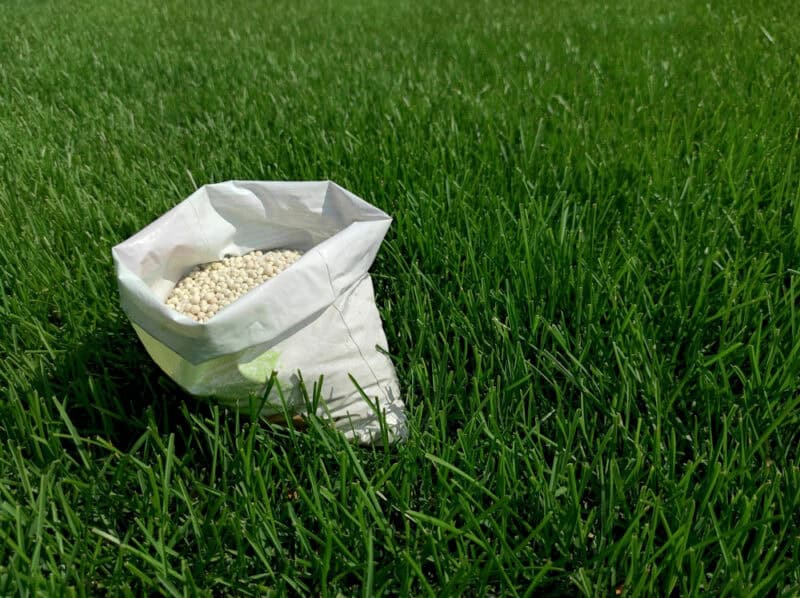
Consistent grass nutrition stands out in every benefit of slow-release fertilizers because that’s the surest way to get several more positive results. Unlike traditional fertilizers that provide nutrients in short growth periods, leading to shortages and inconsistent appearance, slow-release fertilizers promise even and healthy grass growth.
As these slow-release fertilizers distribute nutrients over weeks or even months, your grass develops strong lawn roots, which makes it resilient under harsh conditions and heavy traffic.
Author’s Note: Checkout our post on The Best Fertilization Schedule for year-round tips for a lush landscaping!
Consequently, you’d need fewer fertilizer applications, which maximizes effort and reduces waste. It’s a win all around for you and your lawn.
Preventing Nutrient Leaching and Runoff

If you live in a high rainfall area or have an improper watering schedule, you can stop your search for a nutrient leaching prevention fertilizer here.
Slow-release fertilizer prevents leaching by gradually dissolving, allowing the nutrients to adhere to the soil particles while leaving some for later use. In everyday terms, it’s an effective Ziploc bag that keeps your sandwich intact until lunchtime. With this fertilizer runoff control, you’d also save time and energy, as the nutrients stay bound to the soil even when water runs over the surface.
Keep reading for more of these environmentally-friendly lawn care benefits.
Slow-Release Fertilizers and Weed Reduction
Weeds are one of the most common thieves of soil nutrients, so your lawn would benefit from natural weed control, such as slow-release fertilizers. Undernourished lawns are breeding grounds for weeds because opportunistic plants thrive in nutrient-deficient conditions.
So, why not discourage them with a healthy green carpet using this lawn care weed prevention technique they can’t compete against?
Imagine having a lush, weed-free grass for as long as you take care of it.
Supporting Healthy Soil Microbes with Slow-Release Fertilizers
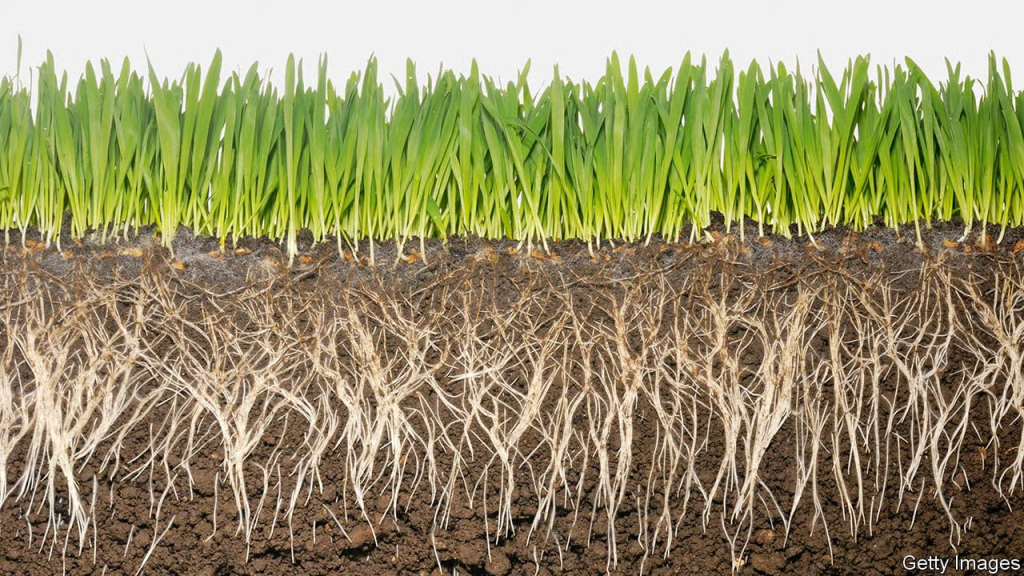
Have you ever heard of grass-friendly microbes existing in soils? Think of them as unseen assistant gardeners working tirelessly to amplify your efforts.
Slow-release fertilizers activate microbial soil support by feeding the microbes that help decompose nutrient cycles and organic matter. Ultimately, this fertilizer type is a cheat code to soil health improvement by retaining moisture, ensuring structure, boosting fertility, and all-around vitality.
Slow-Release vs. Quick-Release Fertilizers: Which Is Better?
So far, you’ve seen the benefits of slow-release fertilizers and how they’re the best option when choosing lawn fertilizer products. However, you can’t truly appreciate its essence until you compare its lawn nutrition with its counterpart. So, here’s a quick side-by-side of slow vs. quick release fertilizers.
| Slow-Release | Quick-Release |
| Steady and even support | Rapid Boost, but uneven distribution and results |
| Zero runoff thanks to binding with the soil and slow nutrient distribution | Harmful nutrient runoff for your waterways |
Selecting the Ideal Slow-Release Fertilizer for Your Lawn
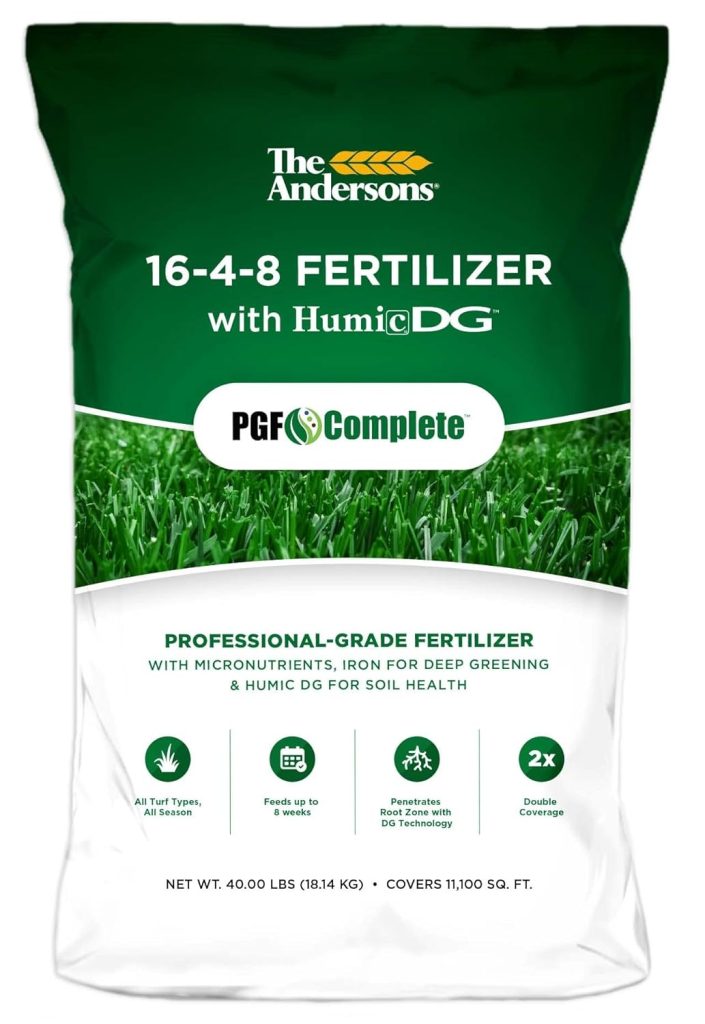
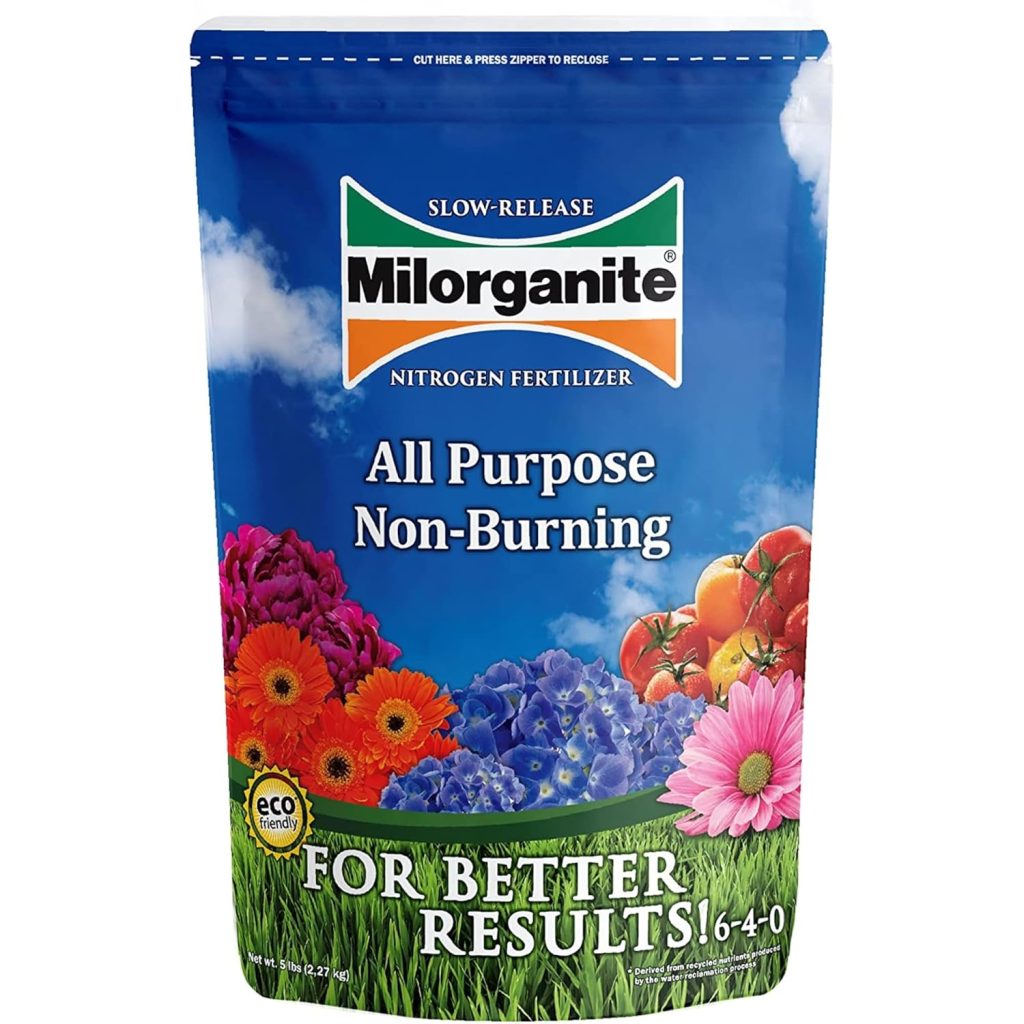
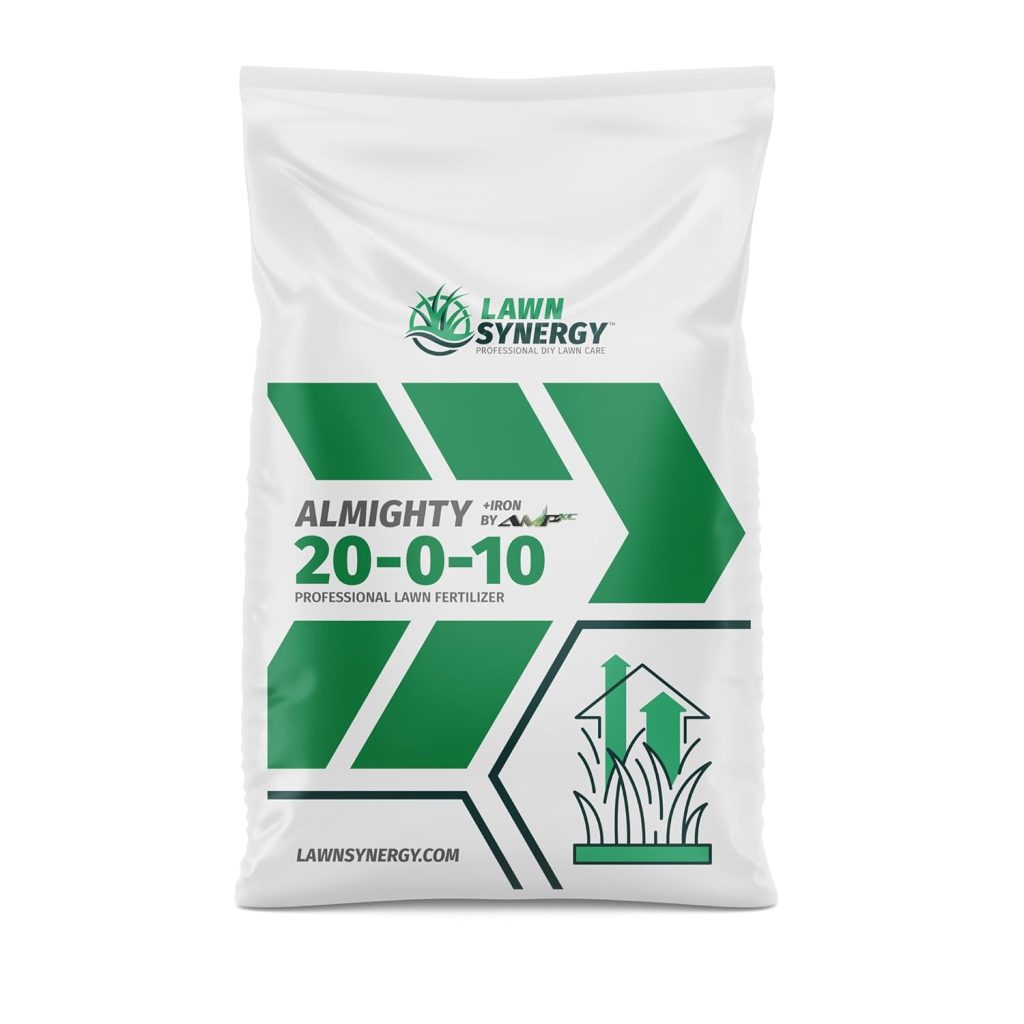
All Can be Found on Amazon From The Links Below
Here are our top picks at a glance:
- The Andersons PGF Complete Pro-Grade Fertilizer
- Milorganite All-Purpose Slow-Release Fertilizer
- Lawn Synergy Almighty Slow-Release Lawn Fertilizer
Now that we’ve agreed on the better lawn fertilizer selection, let’s discuss practical ways to choose the best slow-release fertilizer.
Step One: Soil Assessment
Assess your soil’s health to know what nutrients it needs. Check out the more accurate Mail-in Lab MySoil Soil Test Kit or the Convenient At-Home Rapitest Soil Test Kit for diagnosing nutrient deficiency and preparing your soil!
Step Two: Needs Alignment
Match the deficient nutrient to the slow-release fertilizer’s component. Consider seasonal growth patterns and existing composition during this stage.
Step Three: Organic vs Artificial
Many brands offer organic and artificial slow-release fertilizer options. Read labels for clarity before choosing a product, and if you’re unsure, you can consult with your local garden community or professionals.
Next up on this tailored grass care guide are application tips for maximum results.
Expert Application Tips for Maximum Results

Found On Amazon
These fertilizer application tips help you achieve optimal results from your slow-release feeder. It covers lawn care best practices like appropriate timing, spreading methods, and post-application care.
Timing
Growing seasons like late Spring and early Fall are the best times for slow-release fertilizer application because they absorb nutrients and grow.
Author’s Note: Checkout our post on The Best Time To Fertilize Grass for an in-depth guide on timing fertilizer application.
Spreading Method
Spread your fertilizer evenly across your lawn and avoid clumps. Instead of using your hands on a medium to large lawn, you can apply it with a broadcast spreader at the manufacturer’s suggested quantity.
Post-Application Care
Water the soil after application or target a day before rainfall to apply your slow-release fertilizer for better absorption.
You’ll know whether you’ve achieved effective fertilizer use when you check your lawn periodically after application for positive charges. If it gets greener and denser, then you’ve succeeded.
Common Misconceptions About Slow-Release Fertilizers
Every gardener knows the damage fertilizer myths cause and how they discourage you from giving your grass the best possible care.
Today, we’re debunking common lawn care misconceptions with facts.
| Myths | Facts |
| Offers inadequate nutrients | Offers slow release of nutrients in quantities the soil needs |
| For a specific grass type | Beneficial to all grass types |
Now that you know these slow-release fertilizer facts, you can confidently feed your lawn and await the long-term results.
Long-Term Cost-Effectiveness of Slow-Release Fertilizers
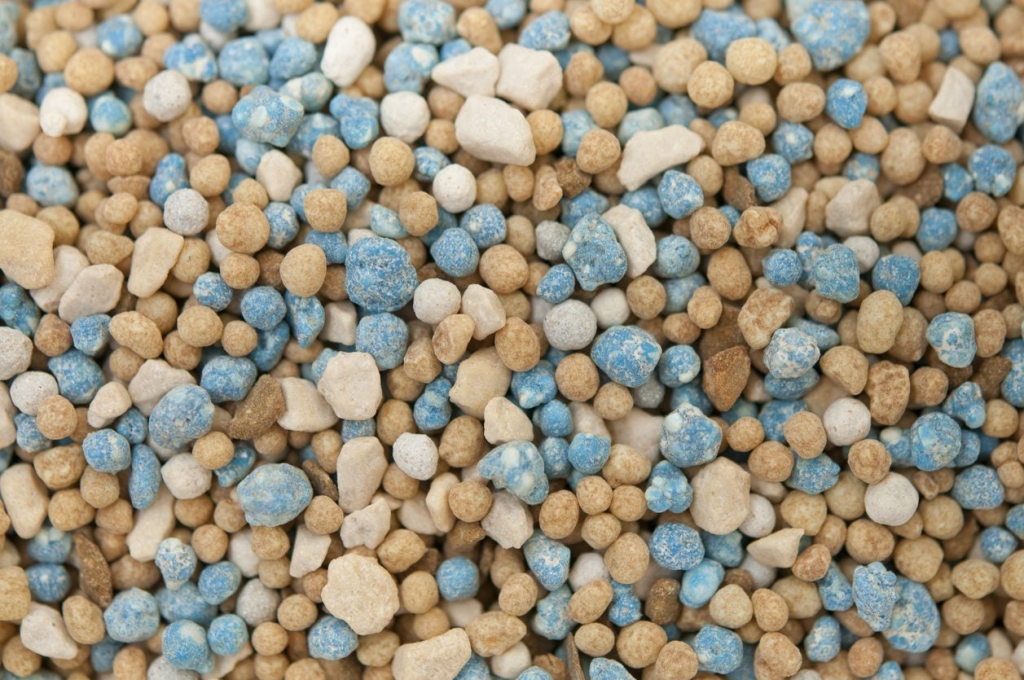
Unfortunately, most of us can’t avoid price discussions when choosing lawn care essentials. Investing in cost-effective lawn fertilizers like slow-release types is the best option.
On the surface, slow-release fertilizers are the pricier options, so you’d be skeptical. Still, when you weigh the benefits against those of quick-release products, you’d realize that the slow-release fertilizer is a long-term savings investment.
Think of it as a “Penny Wise, Pound Foolish” situation. If you scrimp on slow-release fertilizers, the amount of quick-release products you’d buy over time to match their effectiveness will be costlier in gross net.
Meanwhile, with slow-release fertilizers, you get budget lawn care solutions like fewer applications, less waste, and improved lawn sustainability.
So, is it worth it? You decide.
Real-Life Lawn Transformations with Slow-Release Fertilizers
Nothing drives home the point in this guide like real-life lawn transformation stories from fellow gardeners. You can read about so many slow-release fertilizer success cases on online forums and other social media to convince you.
Learn from the suburban couple who struggled with drab grass every summer until they switched to using a quick-release fertilizer solution one Spring and reaped the results in Summer.
Or look at the community part at risk of closure for having mismanaged grass, but regained vibrancy after a strict, slow-release fertilizer regimen.
There are so many lush grass testimonials to convince you to switch to slow-release solutions. So why wait?
Conclusion: Elevating Your Lawn’s Health with Slow-Release Fertilizers
Gardening is a marathon, not a sprint, so investing in sustainable lawn solutions helps you in the long run. In this case, slow-release fertilizers are an invaluable lawn care investment product.
Consistent application leads to vibrant, healthy lawns with deep roots and even growth. So, why wouldn’t you choose this healthy grass fertilizer on your next lawn care run?
Let us know what you decide in the comment section below.


